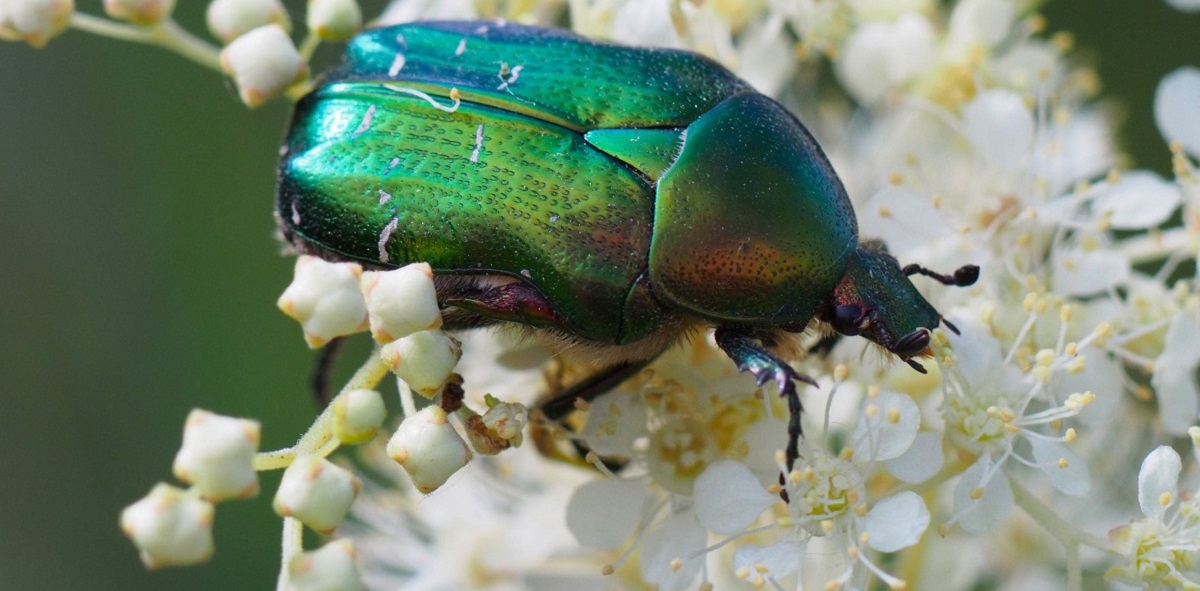The alarming reports that 40% of insect species could become extinct in a few decades should prompt gardeners to do their bit to help alleviate the ensuing crisis. Without insects, scientists are predicting a “catastrophic collapse of nature’s ecosystems”. Some insects are beneficial for your garden, and there’s more you can do to encourage them.
“Gardeners can definitely make a difference,” says Paul Hetherington, of invertebrate conservation charity, Buglife. “Even on a balcony, you can provide a service station for bees and other insects to stop by if you plant the right plants. You can provide a little oasis.”
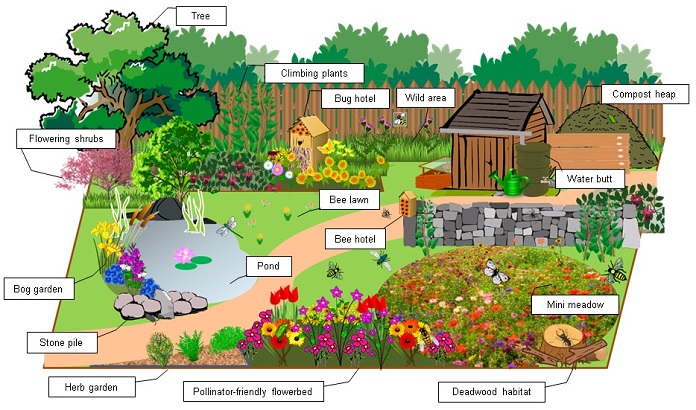
“Most butterflies and bees are showing a sharp decline,” he continues, “so anything you can do for pollinators is going to be useful.”
How to encourage beneficial garden insects
Keen to do your bit? Here’s a look at what can gardeners do to help insects survive…
1. Stop using pesticides
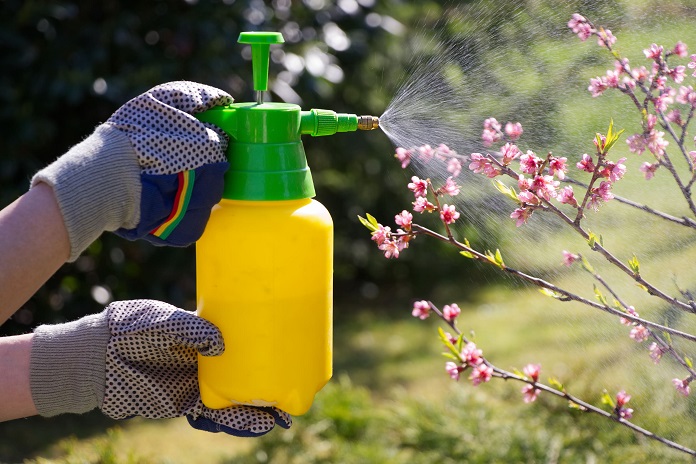
“Ditch the chemicals,” says Hetherington. “Don’t spray any chemicals in your gardens. Very few people are dependent on what they grow in their garden to live. It doesn’t take long to get an ecological balance in your garden with enough predators to keep the pests under control.
“If you get on with your neighbours, try to get them to follow suit and. You’ll create a much bigger corridor, which will enable different invertebrates to cross over your area and give them their mobility back.”
2. Use plants which are insect magnets
Try to stick to native plants or hybrids of them. Buy home-grown plants to help prevent invasive species from reaching your garden and our countryside.
Wildflowers, such as cow parsley, are a magnet for flying insects. Tall umbels such as Angelica gigas are attractive to hoverflies and wasps, and herbs also have accessible flowers.
Go for single flowers rather than double-flowered varieties, because single flowers are more accessible to pollinating insects.
3. Make your garden flower all year
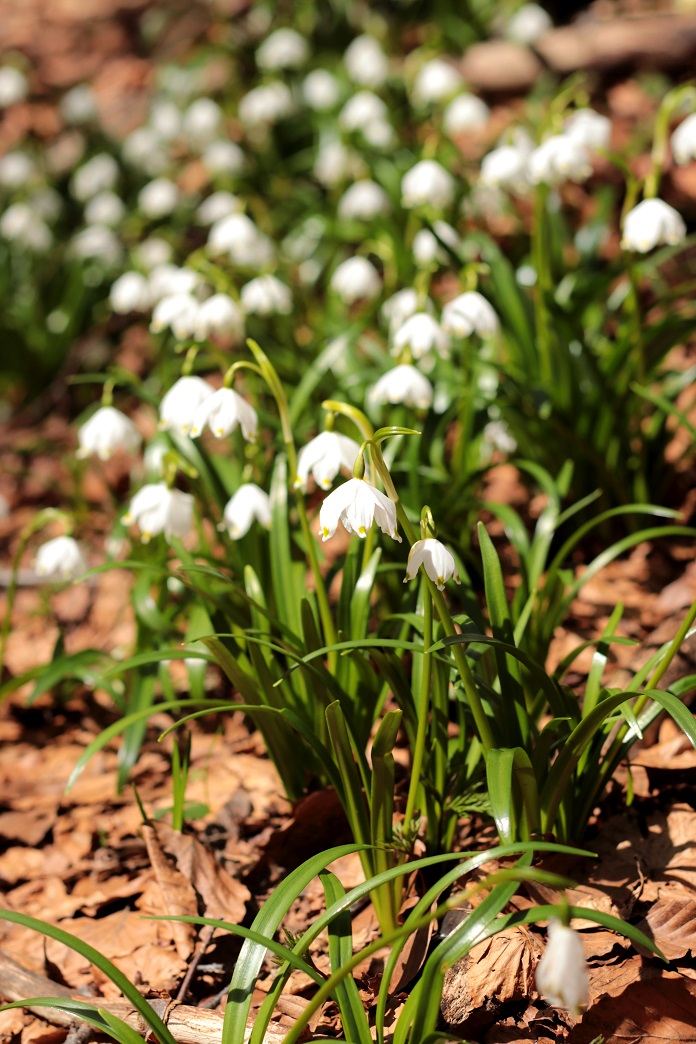
Nowadays, thanks to milder winters, you often see bees on flowers during the cooler months, so make sure you have a planting scheme which offers flowers all year. Aconites, crocus and snowdrops can start the year off.
Containers and hanging baskets can also be replenished with seasonal flowering plants at different times of the year. Fruit bushes, such as apple trees, will provide spring blossom, single-flowering cherry trees and strawberries all provide much-needed nectar for pollinating insects.
4. Go peat-free
Peatland is an ancient habitat, formed over thousands of years. It forms one of the most important global stores of carbon. But exploitation of this peat to burn for energy and as a growing medium in horticulture damages these peatlands, and releases harmful carbon dioxide in to the atmosphere.
By using peat alternatives in your garden, you can help reduce carbon dioxide emissions and slow the impact of climate change on our environment.
5. Make deadwood piles

Beetles and other beneficial insects live in deadwood, so make deadwood piles at the bottom of your garden where they can breed. Stag beetles will nest in log piles.
Beetles are beneficial because they eat slugs, so are good pest controllers, particularly rove beetles.
6. Give insects water
Install a birdbath, which will provide the right depth of water for invertebrates as well as birds.
They can be quite cheap, depending on the materials used. Try this resin birdbath, available on Amazon.
7. Don’t be too tidy
In winter, there’s a tendency to cut things down and rake up dead leaves, where overwintering insects may be sheltering. Try to leave an area untidy, where nettles can grow and old wood can be left.
If you have space, make a compost heap. They provide great shelter for insects and you’ll often find bumblebees nests there.
8. Shade your water
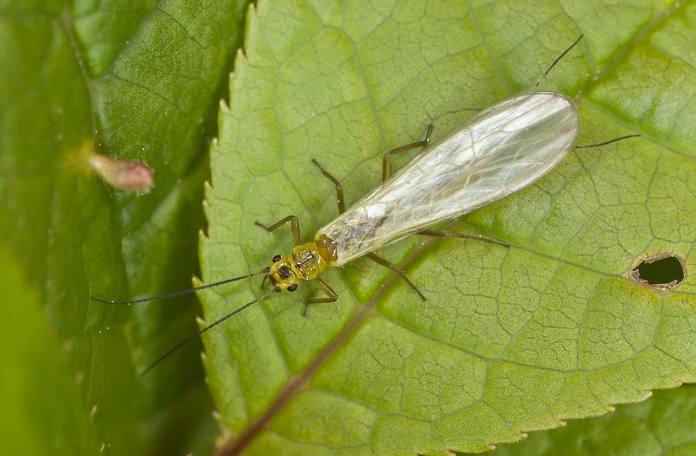
If you have a stream running through your garden, plant trees around it to create some shade. This will help keep the water temperature down.
Stoneflies and mayflies are progressively migrating further upstream to colder water for breeding, says Hetherington. In time, this will mean that they only exist in high altitude locations. Gardeners can help to keep the water temperature down by planting shading shrubs and trees.
Which insects are beneficial for gardens?
Most insects should really be welcomed with open arms, being an essential ingredient for a healthy plot, according to Andrew Salisbury. He’s the principal entomologist at the Royal Horticultural Society.
Many are useful pollinators, help to break down and recycle dead animal and plant material or serve as predators, which helps keep other invertebrates in check, including plant pests.
So, when you’re trying to pick the bright red lily beetles off your prize blooms, or battling clouds of aphids on the stems of roses and other plants, look a bit deeper into your beds and borders for the insects which not only provide colourful interest but may also benefit your garden.
Here are 5 beneficial garden insects you should look out for…
1. Elephant hawk moth caterpillar (Deilephila elpenor)
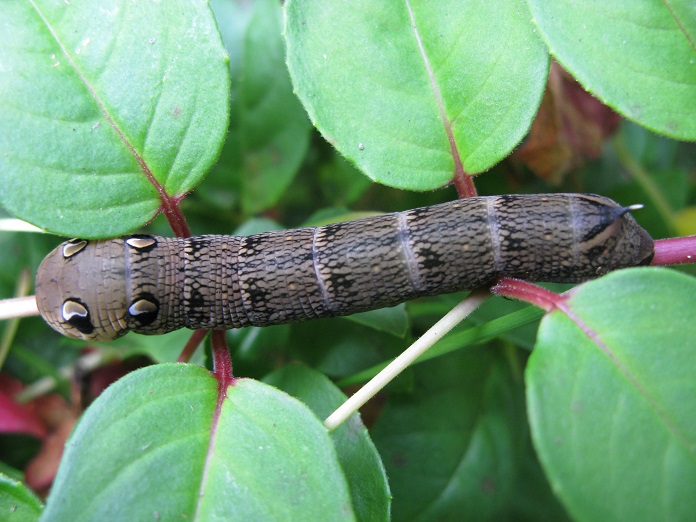
The large, 8cm-long, brown, snake-mimicking caterpillars of this bright pink moth can be found on fuchsias during summer.
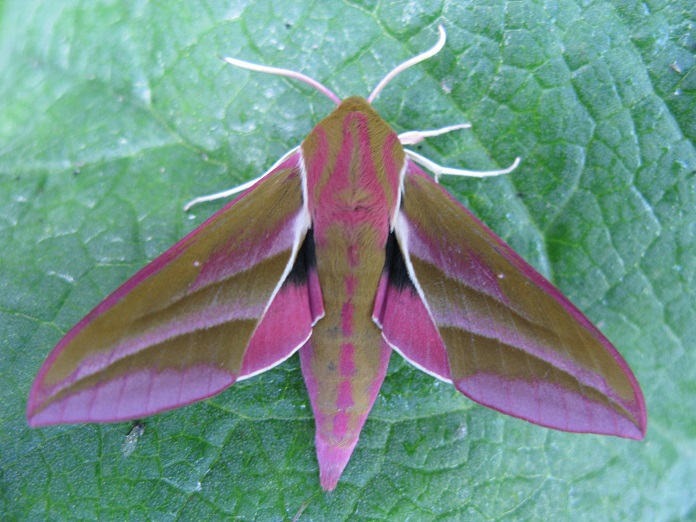
When disturbed, the caterpillars can retract their heads into their bodies, and when extended again are said to resemble an elephant’s trunk. They feed on wildflower hosts in the wild, such as rosebay willowherb, and it’s unusual for them to seriously damage garden plants.
2. Rose chafer (Cetonia aurata)
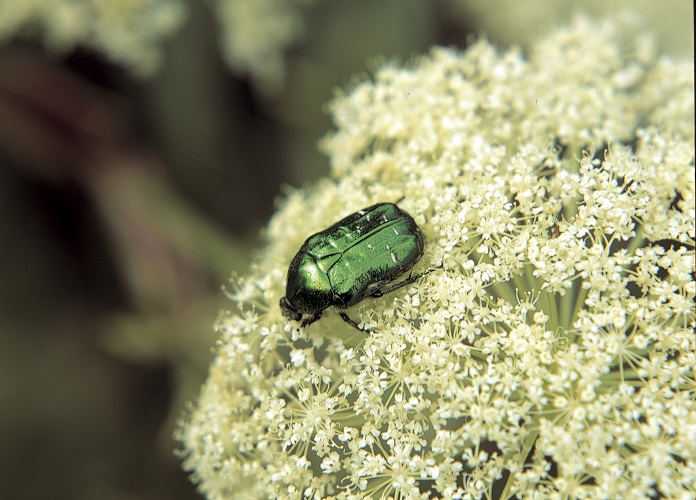
One of Britain’s shiniest beetles, this 2cm-long metallic green beetle can sometimes be found feeding in flowers, where they may occasionally damage a few petals. Gardeners may feel it’s a price worth paying, however, as the 2cm long C-shaped larvae feed on decomposing plant material. They are often found in compost heaps, where they help ready the compost.
Some species of chafer beetle are pests because their larvae feed on the roots of plants. But the rose chafer is relatively harmless, as its larvae feed on decaying organic matter, rather than living plant material.
3. European Hornet (Vespa crabro)
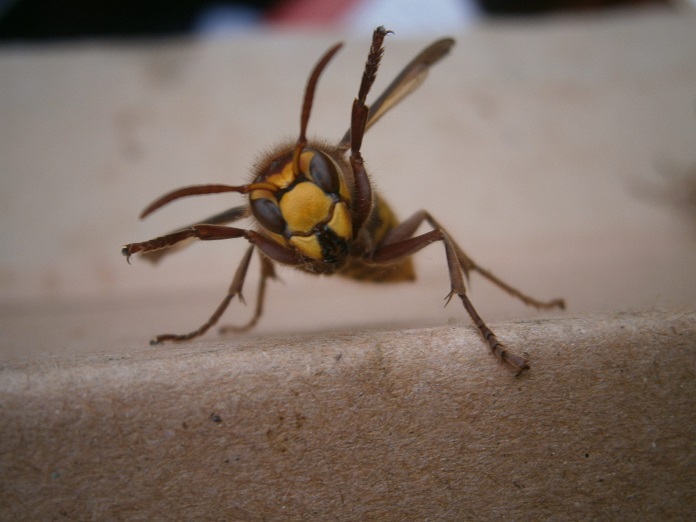
Sometimes alarming because of their size and slow, buzzing flight, the UK’s largest native wasp sees queens reaching up to 3cm in length. Although it can cause concern, it is less aggressive than other species of social wasp and is a useful predator of insects including other wasps and flies.
It should not be confused with the smaller, darker, invasive Asian hornet which, if seen, should be reported. See nonnativespecies.org for more information.
4. Large red damselfly (Pyrrhosoma nymphula)
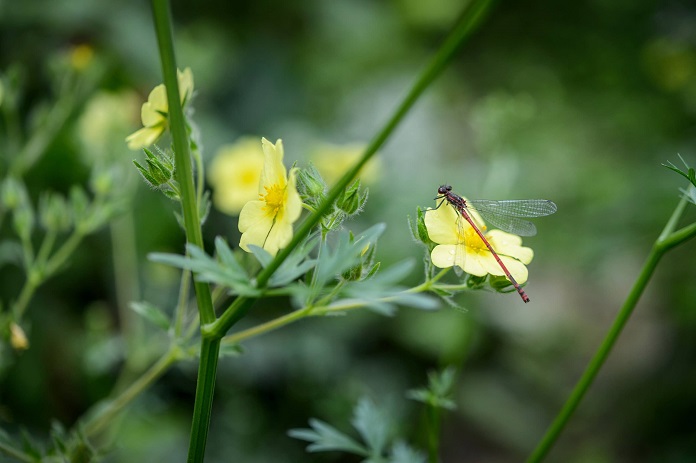
Ferocious aerial predators of the insect world, this is one of several species of dragonfly and damselfly that can breed in garden ponds, and will visit pond-less gardens. The adults use their large eyes to spot insect prey and hunt it down in flight. The nymphs (immature stage damselflies) live in ponds, where they feed on other aquatic animals.
Damselflies promote a healthy balance in gardens and garden ponds, as they help reduce the number of other aquatic larvae, such as mosquitoes. Adults will also predate on what may be considered nuisance insects.
5. Hornet mimic hoverfly (Volucella zonaria)
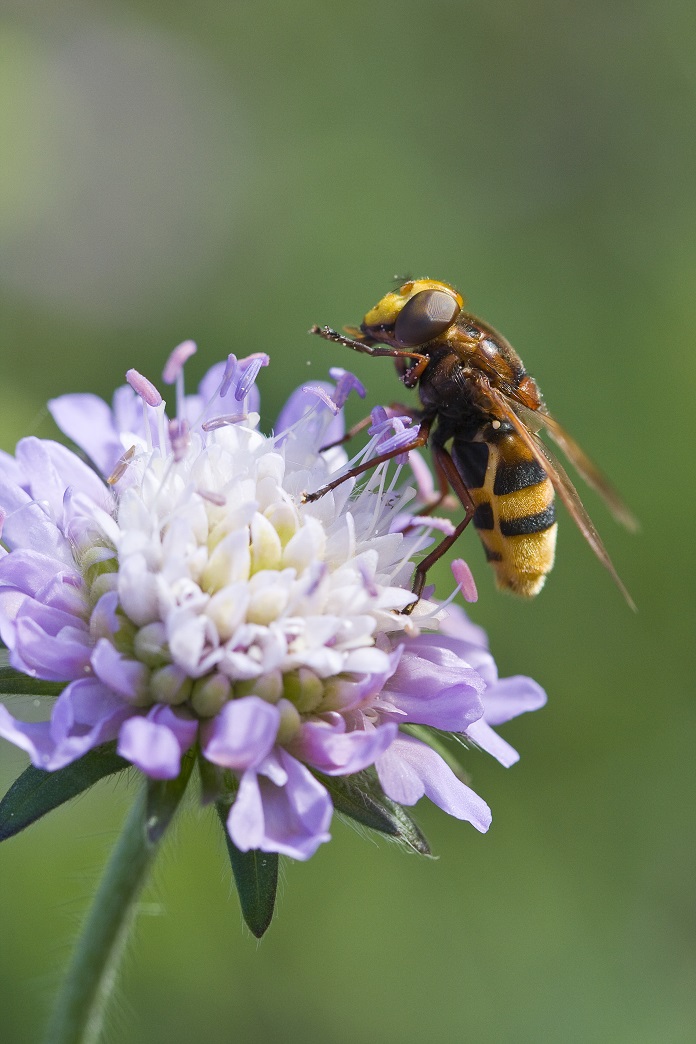
A pollinator and fly, the UK’s largest hoverfly mimics the European hornet to avoid being eaten. It is more than 1.5cm-long, has no sting and can be found visiting flowers during the summer. The 2cm-long larvae (maggots) feed on waste at the bottom of social wasp nests.
This article may include affiliate links to products and services where we may receive a small fee to support the running of this site if you make a purchase or is a sponsored article from one of our select editorial partners providing valuable advice and information to our readers.























































